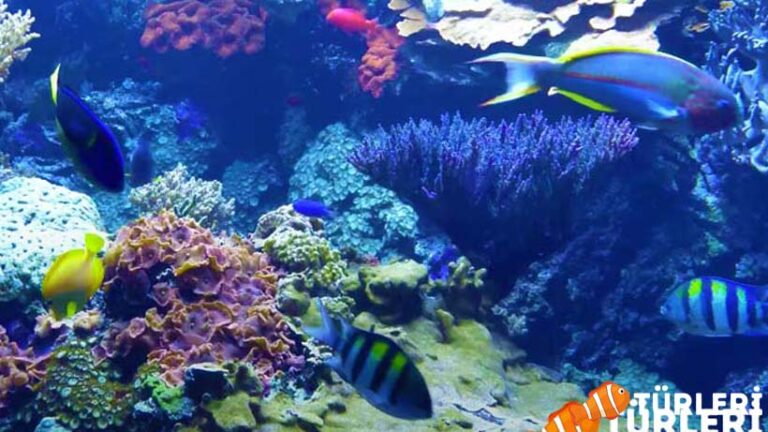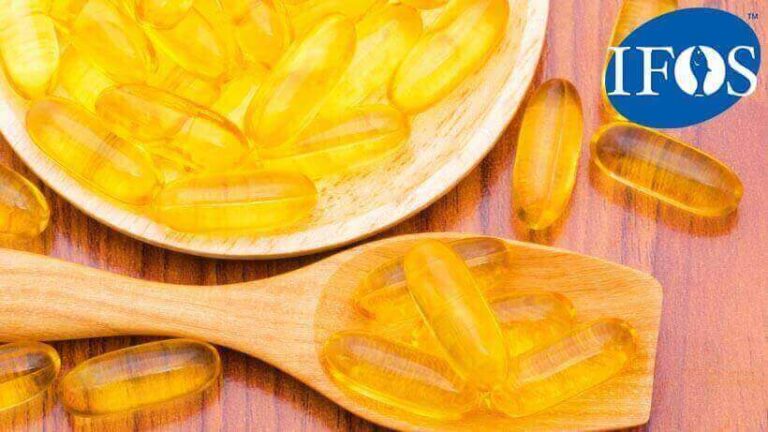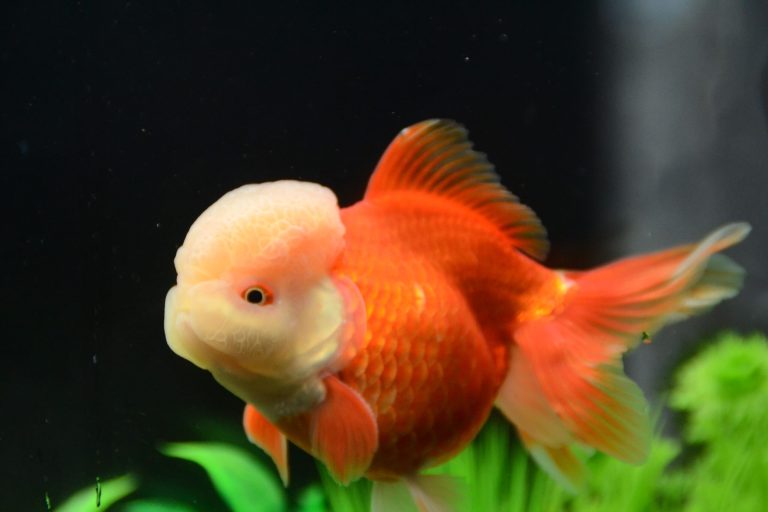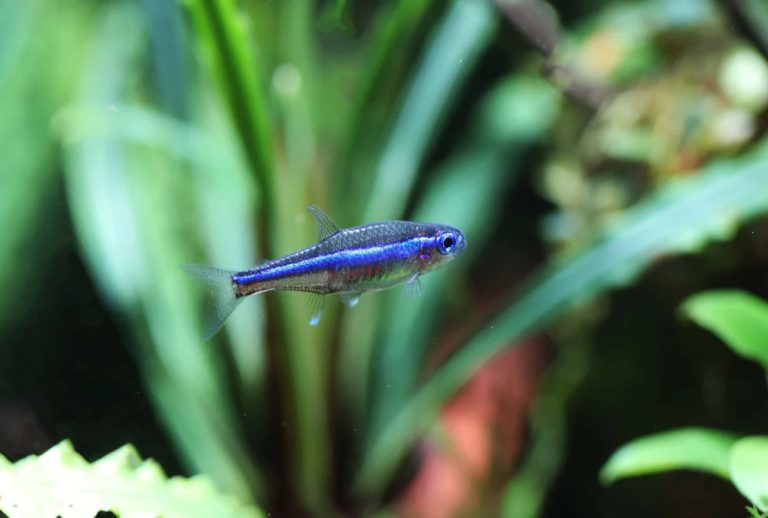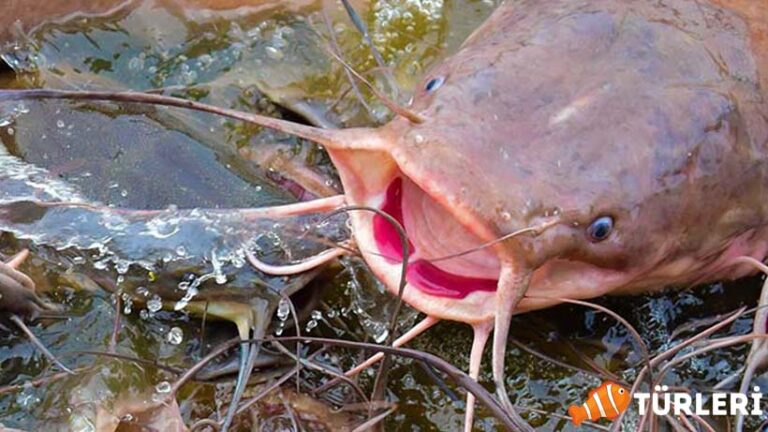Panda Tetra
Panda Tetra (Aphyocharax paraguayensis) is a small and colorful freshwater fish that belongs to the Characidae family. It is native to the Paraguay River basin in South America. Panda Tetras are relatively uncommon in the aquarium trade but are sought after by enthusiasts for their striking appearance and peaceful nature.
Panda Tetra Fish Species Summary:
| Scientific Name: | Aphyocharax paraguayensis |
| Origin: | Freshwater sources of South America, specifically the Paraguay River basin. |
| Diet: | Omnivore (Feeds on both plant and animal matter, a balanced diet of high-quality flake food, live or frozen foods like brine shrimp, daphnia, and bloodworms is recommended) |
| Behavior: | Peaceful and social, suitable for community tanks. |
| Behavior Towards Their Own Species: | Prefers to be in schools of 6 or more as it makes them feel secure and brings out their best colors and behavior. |
| Swimming Zone: | Middle |
| Water Temperature: | 72-78°F (22-26°C) |
| Water Hardness: | 5-20 dGH |
| pH Level: | 6.5-7.5 |
| Minimum Aquarium Volume: | 20 gallons (75 liters) for a small school. |
| Adult Size: | 1.5-2 inches (4-5 cm) |
| Reproduction: | Scatters eggs among fine-leaved plants or spawning mops. It’s advisable to set up a separate breeding tank. |
| Lifespan: | 5-7 years (with proper care) |
| Care: | Moderate, requires regular water changes, monitoring of water parameters, and a well-planted tank with plenty of hiding spots. |
Appearance
Panda Tetras have a sleek, elongated body with a silver base coloration. This silver base is complemented by black markings on their body, which are reminiscent of a panda bear, hence the name. Specifically, they have a prominent black spot at the base of their tail, and another one near the gills, almost as if they are wearing a mask. Additionally, the fins of the Panda Tetra are mostly translucent, but they often exhibit a slight hint of color, usually a subtle pink or yellowish tint, which adds to their overall charm and allure.
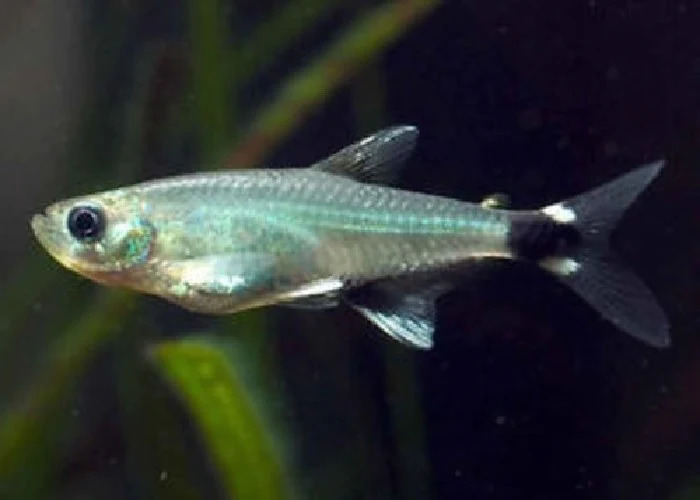
Size
Panda Tetras are relatively small fish, typically reaching about 1.5 to 2 inches (4-5 cm) in length when fully grown. Despite their small size, they are active swimmers and enjoy exploring their surroundings. This small size makes them suitable for aquariums of various sizes, but it is always better to provide them with ample space to swim and frolic. Their diminutive size also makes them less intimidating to other fish, making them ideal for community tanks with other non-aggressive species.
Lifespan
The typical lifespan of a Panda Tetra in captivity is around 5-7 years, provided they are kept in optimal conditions. This means that with proper care and attention, Panda Tetras can thrive and live a relatively long life for a fish of its size. Proper care includes maintaining clean water with appropriate parameters, feeding a balanced diet, and providing a stress-free environment with adequate hiding spots and compatible tankmates. Regular monitoring and adjustments to the tank environment, as needed, can help prevent diseases and ensure a healthy, happy life for the Panda Tetras. It’s important to note that while 5-7 years is the typical lifespan, some individuals may live longer or shorter lives depending on their genetic makeup and the quality of care they receive.
Behavior
Panda Tetras are peaceful and social fish, making them suitable for community tanks with other non-aggressive species. They have a strong preference for being in schools of 6 or more, as it makes them feel secure and also brings out their best colors and behavior. Being in a group helps to reduce stress and aggression, which is essential for maintaining their overall health and well-being. In a school, they exhibit fascinating group behaviors, such as synchronized swimming and playful chasing. Additionally, the presence of other Panda Tetras encourages them to display their most vibrant colors, as it triggers their natural instinct to establish a pecking order within the group. Moreover, keeping them in a group helps to distribute any aggression that may occur, preventing any single fish from being targeted and bullied. This social nature and preference for group living make them a rewarding and captivating addition to any community aquarium.
Tank Size
A minimum of 20 gallons (75 liters) is recommended for a small school of Panda Tetras. This size allows them enough space to swim and exhibit their natural behaviors. They prefer a well-planted tank with plenty of hiding spots as it mimics their natural habitat and helps them feel more secure. Adding driftwood and leaves can also create a more natural environment and provide additional hiding places.
Water Parameters
Maintain a water temperature between 72-78°F (22-26°C), a pH level of 6.5-7.5, and a water hardness of 5-20 dGH. It is crucial to keep the water parameters stable as sudden changes can cause stress and lead to health issues. Regular water changes, proper filtration, and monitoring are essential to keep the water in optimal condition. Additionally, a gentle water flow is preferred as it replicates their natural habitat in slow-moving streams and rivers.
Diet
Panda Tetras are omnivores, meaning they eat both plant and animal matter. It’s important to provide a balanced diet to ensure they receive all the necessary nutrients for optimal health and coloration. A high-quality flake food can be the staple of their diet, supplemented with live or frozen foods such as brine shrimp, daphnia, and bloodworms. These supplemental foods not only provide essential proteins and fats but also encourage natural foraging behaviors. Additionally, occasionally offering vegetable matter like spirulina or blanched spinach can be beneficial. It’s important to feed them 2-3 times a day in small portions to avoid overfeeding. Overfeeding can lead to water pollution and health issues for the fish. Remember to remove any uneaten food after a few minutes to maintain water quality.

Tankmates
Panda Tetras thrive in a peaceful community aquarium with other non-aggressive fish. It is important to choose tankmates that have similar temperaments and water requirements. Other small tetras, such as neon tetras or ember tetras, rasboras, or small catfish like corydoras make excellent tankmates for Panda Tetras. Additionally, small and peaceful livebearers like guppies and mollies can also be considered. It is advisable to avoid larger or aggressive fish that might bully or see the Panda Tetras as food. Species such as cichlids or larger predatory fish should be avoided. It’s also important to monitor the fish regularly for any signs of aggression or stress, and adjust the tank setup or inhabitants as necessary.
Breeding
Breeding Panda Tetras can be somewhat challenging, but it is definitely possible with the right setup and care. They prefer soft, slightly acidic water for breeding, so it is advisable to adjust the water parameters in a separate breeding tank. The breeding tank should have fine-leaved plants or a spawning mop for the eggs to adhere to. It can be helpful to gradually lower the pH and hardness of the water in the breeding tank to mimic the conditions in their natural habitat during the breeding season.
Spawning usually occurs in the early morning hours. The female will lay her eggs among the plants or spawning mop, and the male will follow behind to fertilize them. It’s common for Panda Tetras to scatter their eggs, so it is important to provide plenty of surface area for the eggs to adhere to.
After spawning, it is recommended to remove the parents from the breeding tank as they may eat the eggs. The eggs usually hatch in about 24-48 hours, and the fry will be free-swimming in about 3-5 days. It is important to feed the fry with appropriate food such as infusoria or freshly hatched brine shrimp.
Remember to do regular water changes and monitor water parameters to keep your Panda Tetras healthy and happy. Regular monitoring and adjustments to the tank environment are crucial for the success of breeding and raising healthy fry.

